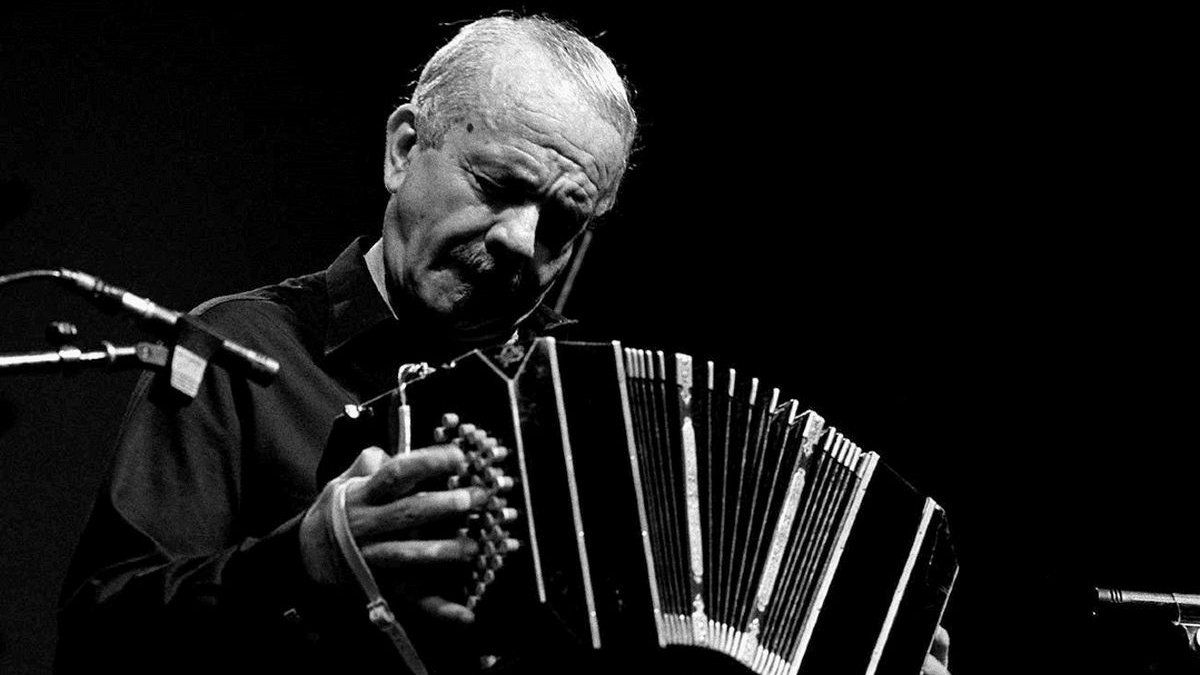Piazzolla’s death occurred after almost two years of long agony from a cerebral thrombosis that occurred on August 5, 1990 in a hotel in Paris, the city where he lived.
Nine days later, in a coma and with irreversible brain damage, he was transferred to Argentina and although he came out of the coma 15 days later, his condition forced him to be hospitalized several more times until his death.
In the prolific and intense life of the artist, having been around 23 months without being able to create was a painful exception since he was born on March 11, 1921 in Mar del Platagenerated a work with around a thousand original compositions.
In this production that includes music for some 40 films, the arrangements designed, for example, for the orchestra of Anibal Troilo –which he composed between 1939 and 1944- and others by various authors that he displayed in his various ensembles.
Throughout his life, Piazzolla had his first orchestra with which he accompanied the popular singer Francis Fiorentino and although the experience was not very extensive, he left excellent visits to “We met while passing”, “Old blind man” and “He came back one night” and his first two instrumentals: “The wacko” Y “Pink color”.
With other voices (including those of Aldo Campoamor) and an increasingly personal pulse, he recorded versions of “Taconeando”, “Inspiración”, “Tierra querida”, “La rayuela” and “El recodo” and more of his own work, among them, “To show off”, “Get ready”, “Setback”, “Triunfal”, “Setback” and “What will come”.
With a scholarship from the Paris Conservatory, he established a relationship with the musicologist Nadia Boulanger who reconciled him with tango and in the French capital and with the strings of the Paris Opera Orchestra, recorded more creations of his stamp: “Nonino”, “Brown and blue”, “Chau Paris”, “Bandó” and “Picasso”the more.
Back in the country, he led a bandoneon and string orchestra with which his style continued to flourish from “Three minutes with reality”, “Tango del Ángel” and “Melancólico Buenos Aires”but, in addition, it gave birth to the innovative Octeto Buenos Aires (two bandoneons, two violins, double bass, cello, piano and electric guitar) which was dedicated above all to the reinterpretation “The Marne”, “The dizzy”, “My refuge” and “Arrabal”to name just a few traditional tangos.
After another settlement abroad, in this case a couple of years in New York, in 1960 he lit the New Tango Quintet (bandoneon, piano, violin, electric guitar and double bass), a decisive formation in his expression and with which he premiered his own work of great impact as “Goodbye Nonino”, “Decarísimo”, “Clamp”, “The possessed”, “Introduction to the angel”, “Death of the angel”, “Revirado”, “Buenos Aires Zero hour” and “Fracanapa”.
Between a fleeting New Octet and the fruitful formation of a quintet, he recorded his own compositions based on poems and texts by Jorge Luis Borges with the singer Edmund Rivero and the actor louis medina castro and then he launched “Porteño summer”first of the celebrated saga of the Four Seasons.
Towards the end of that decade, he leaned more decisively into the tango song associated with the poet Horace Ferrer to give birth to the opera “Mary from Buenos Aires” and popular pieces like “Ballad for a crazy” Y “Chiquilín de Bachín”then recorded by their partner at that time, Amelita BaltarY Robert Goyeneche.
Around 1972 and at the head of set 9 shapes his first symphonic piece, the “Nácar concert, for nine tango players and philharmonic orchestra” and publishes discs of explicit new tango whose salient expressions are “Sadness of a Double A”, “Vardarito” and “Onda Nine”.
Suffering from a heart attack, he settles in Italy where he forged the Electronic Set (an octet made up of bandoneon, electric or acoustic piano, organ, guitar, electric bass, drums, synthesizer and violin, which was later replaced by a traverse flute or sax) and from there he launches “Ballad for my death”with the singer Milva, “libertango” and the magnificent “Troilean Suite”created after knowing the death of Anibal Troilo (May 19, 1975).
With various returns to the quintet formation (although in his latest versions a violoncello took the place of the violin), Astor also undertook projects with George Moustaki, Gerry Mulligan and Gary Burtonamong other world celebrities.
By Sergio Arboleya
Source: Ambito
David William is a talented author who has made a name for himself in the world of writing. He is a professional author who writes on a wide range of topics, from general interest to opinion news. David is currently working as a writer at 24 hours worlds where he brings his unique perspective and in-depth research to his articles, making them both informative and engaging.




